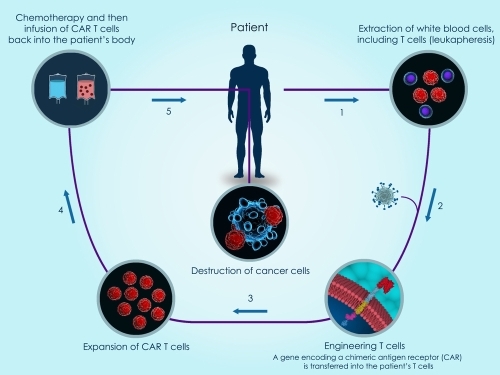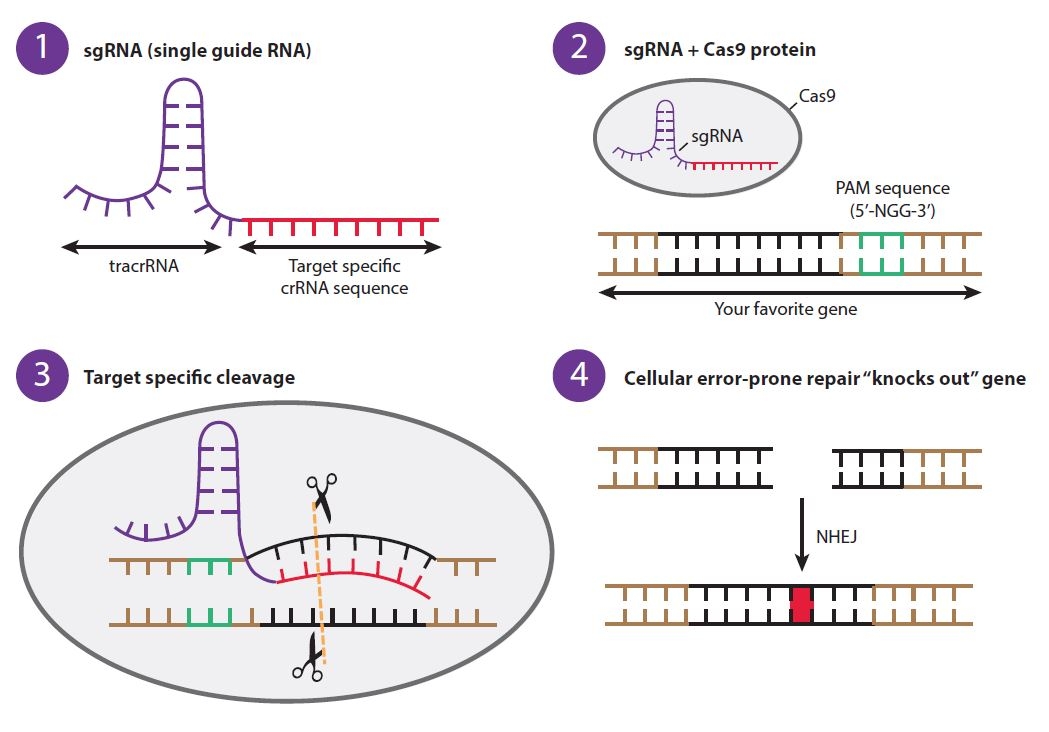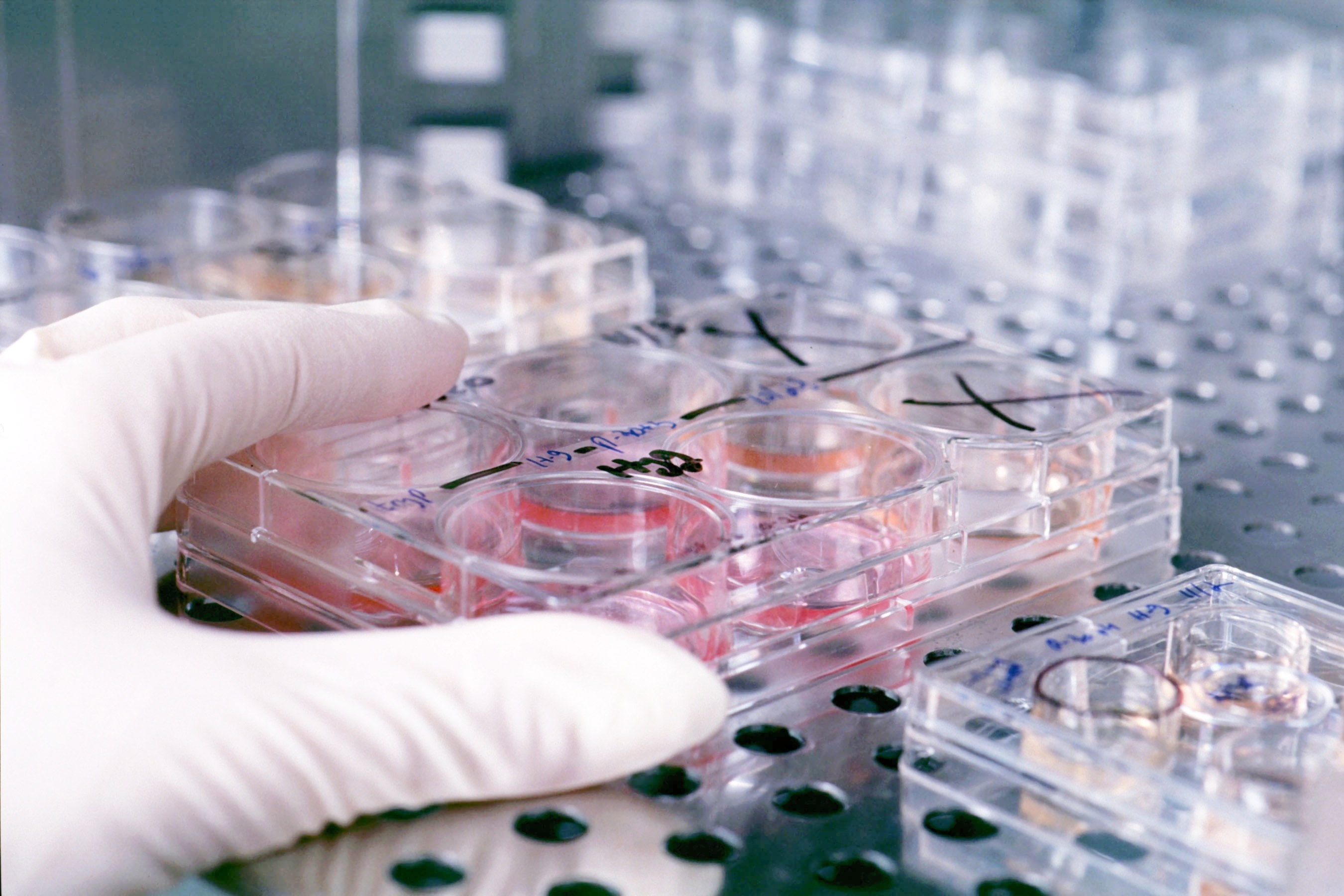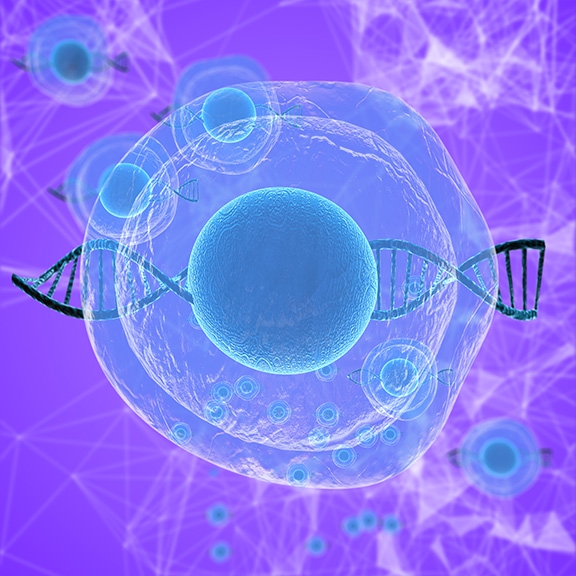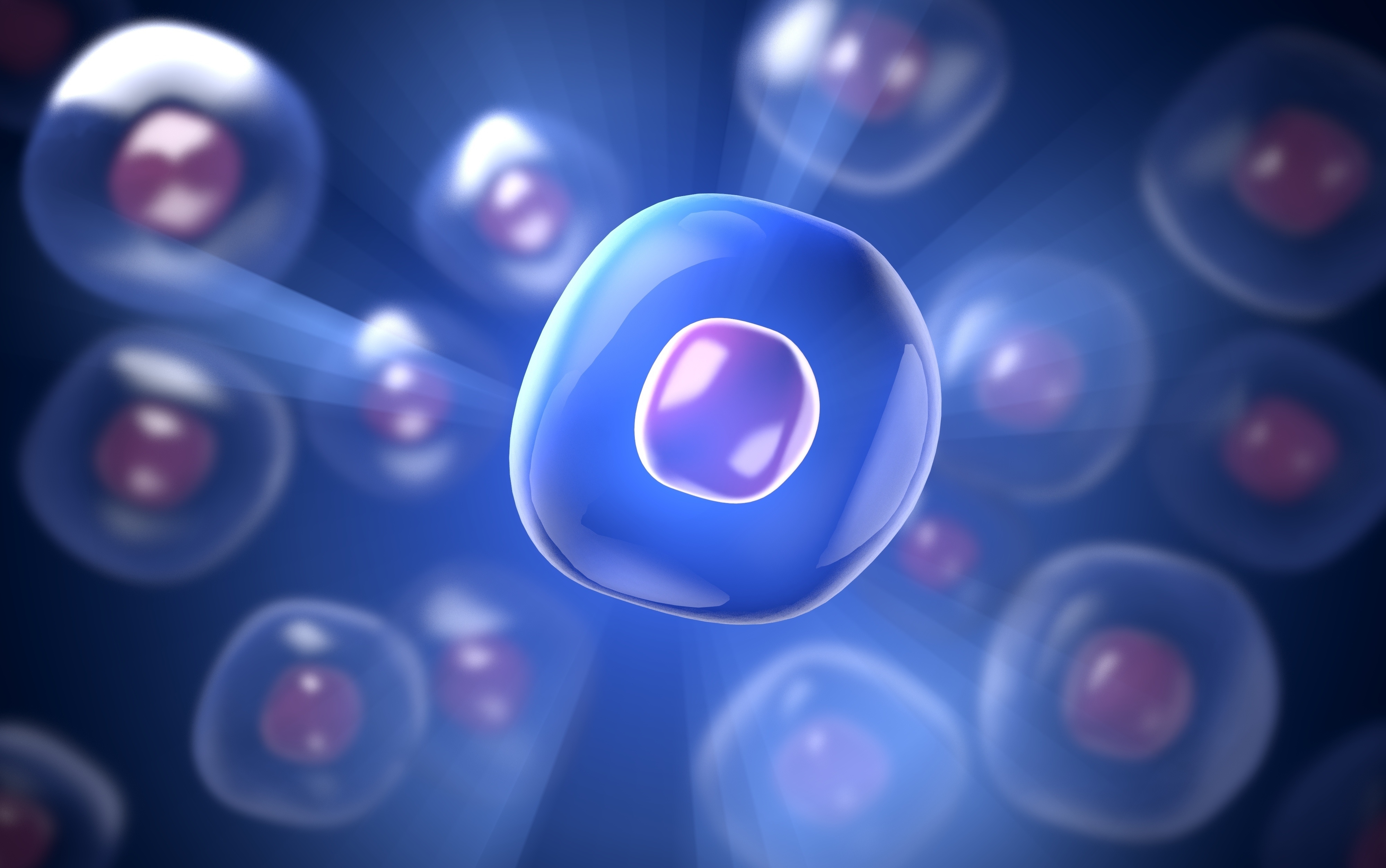
Transfection is simply getting DNA (or other molecules of interest) into a cell, while keeping that cell alive. We can do this in countless methods which are divided into three main categories; Reagent Based, Instrument Based, Biological Based. Each method has its own advantages and disadvantages and may be used for transient or stable transfections. Read on as we indulge ourselves into the top methods to see which one suits you best.
Read More


 800-272-2775
800-272-2775

